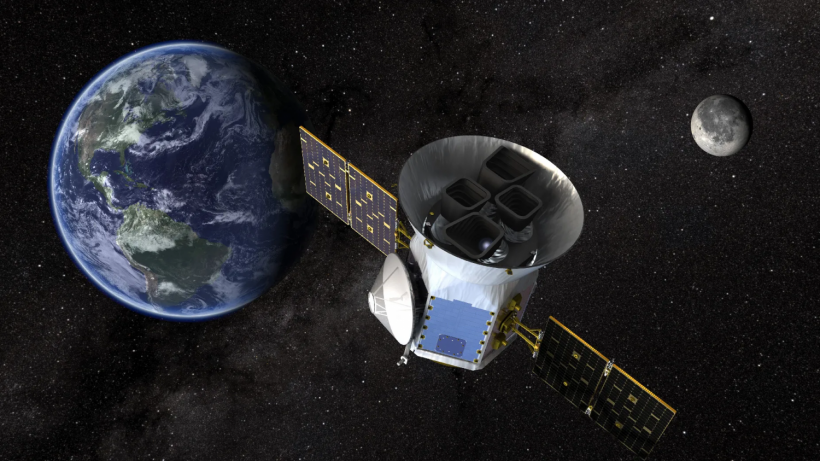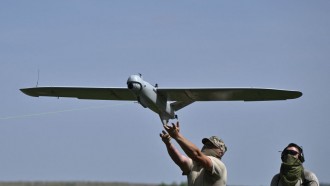NASA's Transiting Exoplanet Survey Satellite (TESS) has encountered a temporary setback in its scientific observations, as it entered safe mode on April 8.

(Photo: NASA’s Goddard Space Flight Center)
NASA TESS Pauses Its Operations
The team is investigating the cause of this interruption, which coincided with scheduled engineering activities. Despite this unforeseen pause, the satellite remains in optimal health, providing hope for a swift resolution to the issue.
According to NASA's recent update, efforts are already underway to diagnose and rectify the situation. The team is working to return TESS to its crucial scientific mission in the days ahead.
"The team is investigating the root cause of the safe mode, which occurred during scheduled engineering activities. The satellite itself remains in good health," NASA said.
"The team will continue investigating the issue and is in the process of returning TESS to science observations in the coming days."
TESS Quest to Discover Exoplanets
TESS is pivotal to NASA's quest to uncover exoplanets orbiting dwarf stars. It has just completed its primary two-year survey of the solar neighborhood, monitoring the periodic dimming of stars caused by transiting planets.
While the primary mission officially concluded on July 4, 2020, TESS continues its extended mission, casting its gaze across the cosmos in search of celestial wonders.
During its initial survey, TESS meticulously imaged approximately 75% of the star-studded sky. It unveiled 66 previously unknown exoplanets and presented astronomers with nearly 2,100 candidate worlds awaiting confirmation.
This mission is a collaborative endeavor led by the Massachusetts Institute of Technology (MIT) in Cambridge, Massachusetts, and overseen by NASA's Goddard Space Flight Center in Greenbelt, Maryland.
Dr. George Ricker, from MIT's Kavli Institute for Astrophysics and Space Research, is the principal investigator and leads a team of dedicated scientists and engineers.
Partnerships with organizations such as Northrop Grumman, NASA's Ames Research Center, the Harvard-Smithsonian Center for Astrophysics, MIT's Lincoln Laboratory, and the Space Telescope Science Institute further enrich the mission's breadth and depth.
TESS Finds a "Warm Jupiter"
In recent astronomical news related to TESS, researchers led by the Harvard-Smithsonian Center for Astrophysics have unveiled a remarkable discovery—a "warm Jupiter" exoplanet known as TOI-4641 b. This celestial heavyweight is estimated to be nearly four times the mass of Jupiter, and it is in orbit around a swiftly spinning F-type star.
Astronomers used the survey satellite to identify a telltale signal in the star's light curve, hinting at the presence of an orbiting planet.
Despite the challenges posed by the elongated orbital periods of warm Jupiters, which can range from 10 to 200 days, the researchers confirmed TOI-4641 b's planetary status through meticulous analysis and follow-up observations.
TOI-4641 b has a radius of approximately 0.73 Jupiter radii and a maximum mass of 3.87 Jupiter masses. Read more about this "warm Jupiter" here.
Related Article: NASA's TESS is Aiming to Look Farther Beyond the Galaxy, Looking for Stars and Exoplanets!-How Far Can You Go?






